Blockchain Technology and Tokenization of Real World Assets: Insights from Ines Braganca Gaspar
In a recent session hosted by ArbTech, Inês Bragança Gaspar, a Portuguese lawyer specializing in Web 3, blockchain, and cryptocurrency, shared her expertise and ongoing research on the tokenization of real-world assets (RWAs) and decentralized justice. Her presentation delved into the basics of blockchain technology, its application in tokenizing assets, and the potential legal challenges and solutions in this emerging field.
Understanding Blockchain and Tokenization
Gaspar started by explaining the fundamentals of blockchain technology, describing it as a distributed database that maintains a continuously growing list of ordered records, or blocks, linked through cryptography. She emphasized that blockchain is the underlying technology for cryptocurrencies like Bitcoin, Ethereum, and others.
Cryptocurrencies are digital representations of value or rights, transferable and storable electronically using distributed ledger technology (DLT). Gaspar highlighted that not all DLTs are blockchains, setting the stage for a deeper understanding of tokenization.
Tokenization of assets involves issuing digital tokens representing physical assets on a blockchain. This process connects RWAs with their digital counterparts, enhancing liquidity, reducing intermediaries, and providing various investment opportunities. Tokens can be categorized into cryptocurrencies (native to a blockchain network) and other types, including utility, security, governance tokens, and NFTs (non-fungible tokens).
Legal Challenges in Tokenization
Tokenization's legal challenges are multifaceted. Ownership issues arise as owning a token does not necessarily equate to owning the underlying asset. Intellectual Property (IP) rights also come into play, especially with NFTs representing assets with IP protection. Other challenges include verifying the chain of the RWA and its digital representation, navigating jurisdictional issues, and addressing smart contract bugs and disputes.
Decentralized Justice: A New Frontier
Gaspar's research focuses on decentralized justice as a means to solve disputes related to tokenized assets. Decentralized justice platforms like Claros use blockchain technology to crowdsource jurors under economic incentives for rulings. These platforms could offer fast, efficient, and cost-effective dispute resolution, especially for globalized, blockchain-based transactions.
However, there are limitations, including the complexity of disputes, lack of recognition and enforcement of decentralized court decisions, security risks, and accessibility challenges for non-tech-savvy users.
Practical Applications and Future Prospects
Gaspar envisions several practical applications of decentralized justice in the tokenization ecosystem. These include due diligence, onboarding asset originators and liquidity providers, acting as custodians for RWAs, and resolving technical and financial disputes.
The future of tokenization and decentralized justice appears promising, with increasing integration in various sectors like finance, insurance, and real estate. However, bridging the gap between on-chain decisions and off-chain, real-world enforcement remains a significant challenge. The solution may lie in hybrid dispute resolution processes that combine traditional legal expertise with blockchain technology's efficiency and transparency.
In conclusion, Gaspar's insights highlight the evolving landscape of blockchain technology and its legal implications. As tokenization becomes more prevalent, the need for specialized knowledge in blockchain law, coupled with traditional legal skills, will become increasingly important for lawyers and other professionals in this field.
